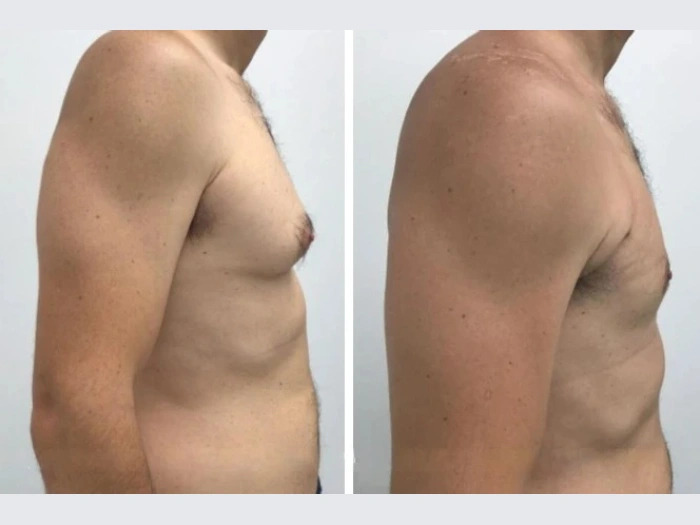Living with hearing-related challenges can impact your quality of life significantly. Whether you’re struggling with the constant ringing of tinnitus, dealing with earwax buildup, or using hearing aids that need regular maintenance, understanding the right care and techniques can make a world of difference. In this guide, we’ll cover essential tinnitus management techniques, proper earwax treatment, and effective hearing aids cleaning methods to help you hear better and feel more comfortable every day.
Tinnitus Management Techniques: Finding Relief from the Ringing
Tinnitus is the perception of noise—such as ringing, buzzing, or hissing—in the ears without any external source. It’s a common condition affecting millions worldwide and can be caused by loud noise exposure, age-related hearing loss, earwax blockage, or even stress and anxiety.
Top Techniques for Managing Tinnitus:
Sound Therapy
Using white noise machines, background music, or nature sounds can help mask tinnitus and make it less noticeable. Many people find relief sleeping with gentle sounds playing in the background.
Cognitive Behavioral Therapy (CBT)
CBT doesn’t eliminate tinnitus but helps individuals cope with the emotional distress it may cause. It teaches techniques to reduce anxiety and change negative thinking patterns.
Hearing Aids
If tinnitus is linked to hearing loss, modern hearing aids can amplify environmental sounds and reduce the contrast between ambient noise and the tinnitus ringing.
Relaxation Techniques
Stress often worsens tinnitus. Practicing mindfulness, yoga, deep breathing exercises, or meditation can help calm the mind and reduce the perception of tinnitus.
Avoiding Triggers
Caffeine, alcohol, nicotine, and exposure to loud noises can make tinnitus worse. Identifying and avoiding personal triggers can reduce symptom intensity.
Professional Counseling
Tinnitus retraining therapy (TRT) combines sound therapy with counseling and helps patients adjust to tinnitus sounds over time.
If tinnitus becomes persistent or significantly affects your well-being, consult with an audiologist or ENT specialist for a personalized management plan.
Earwax Treatment: Keeping Your Ears Clear and Healthy
Earwax (cerumen) is a natural substance produced by glands in the ear canal. It helps trap dust, dirt, and microorganisms, protecting the ear from infection. However, too much earwax can cause blockages, hearing difficulty, earache, and even tinnitus.
Signs You May Need Earwax Treatment:
Sudden or partial hearing loss
A feeling of fullness or pressure in the ear
Ringing in the ear (tinnitus)
Earache or itching
Dizziness or imbalance
Safe and Effective Earwax Removal Techniques:
Ear Drops
Over-the-counter ear drops made with olive oil, hydrogen peroxide, or carbamide peroxide can soften hardened wax and make it easier to come out naturally.
Ear Irrigation
Performed by a professional, this method uses warm water to gently flush out excess wax from the ear canal. It’s safe when done correctly and under proper supervision.
Manual Removal
Audiologists can use special instruments, like curettes or suction devices, to safely remove stubborn earwax under direct vision.
Avoid Cotton Swabs
Never insert cotton buds or sharp objects into the ear. They can push wax deeper or damage the ear canal and eardrum.
Routine Check-ups
If you’re prone to excessive wax buildup or wear hearing aids, schedule regular ear examinations to ensure your ear canals are clear.
Professional earwax treatment not only improves hearing but also reduces the risk of ear infections and tinnitus flare-ups.
Hearing Aids Cleaning: Maintenance Tips for Better Performance
Hearing aids are delicate electronic devices that sit in or behind your ears and are exposed daily to sweat, oil, dust, and earwax. Without proper care, they can malfunction or deliver poor sound quality.
Regular hearing aids cleaning is essential to extend their lifespan and ensure optimal performance.
Daily Cleaning Routine:
Wipe Them Down
Use a soft, dry cloth or a specialized hearing aid cleaning wipe to gently remove any dirt, oil, or moisture.
Check for Earwax
Examine the openings and vents for wax build-up. Use a cleaning brush or wax loop tool to clear any blockages carefully.
Use a Drying Kit
Moisture is a major enemy of hearing aids. A hearing aid dehumidifier or drying box can help remove daily moisture and prevent internal damage.
Weekly and Monthly Maintenance:
Replace Wax Guards
Wax filters or guards help prevent wax from entering the internal components. Change them as recommended by your provider.
Inspect Tubing and Domes
For behind-the-ear models, check tubing for cracks, blockages, or stiffness. Replace parts if needed.
Battery Care
Keep battery compartments clean and dry. If you’re using rechargeable aids, clean the charging contacts periodically.
Schedule Professional Cleanings
Every few months, have your hearing aids professionally serviced to ensure they’re working at their best.
Neglecting hearing aids cleaning can result in poor sound quality, feedback noise, or even complete device failure. A few minutes of daily care goes a long way in keeping your hearing clear and consistent.
Conclusion
Whether you’re managing the persistent ringing of tinnitus, removing bothersome earwax, or caring for your hearing aids, proper techniques and professional guidance are key to maintaining healthy hearing.
Tinnitus management techniques such as sound therapy, relaxation, and hearing aids can provide long-term relief.
Earwax treatment should be done safely and never involve inserting objects into your ears.
Hearing aids cleaning should be a daily habit to preserve sound clarity and prolong the life of your devices.



